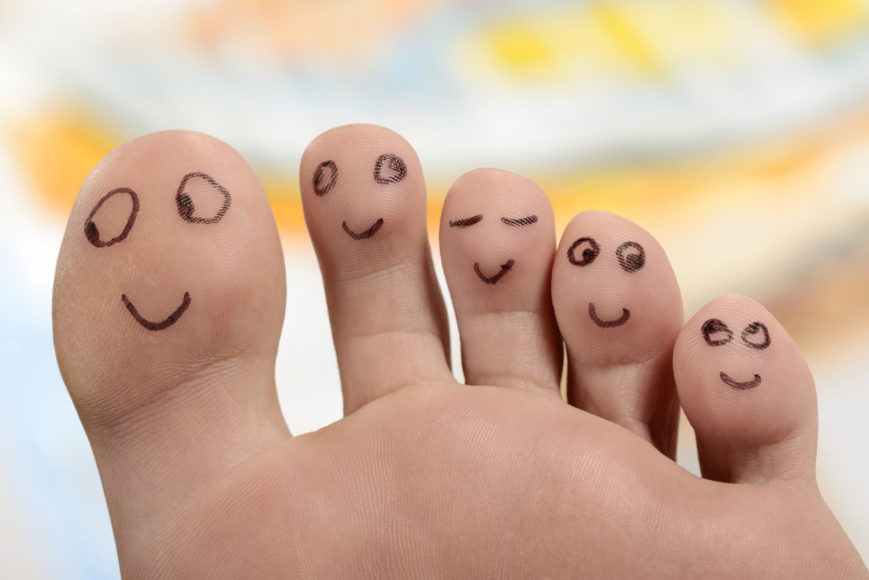“Live life like a pair of walking feet. The foot that is forward has no pride. The foot that is behind has no shame – because they both know their situation will change.” — Unknown
The foot has 26 bones, 33 joints, 24 muscles and 107 ligaments. With 206 bones in total in the human body, the feet make up approximately 25% of our entire bone structure. Ironically enough, roughly 75% of U.S. adults will have foot problems at some point in their lives.
Foot function
Our feet, then, are extremely complex parts of our body — quite possibly the most overlooked. They support our entire body weight as well as our mobility. So, what are we doing to keep our feet strong, happy and resilient? I’m not sure about you, but I still haven’t heard this conversation:
Q: “Hey, what are you going to train in the gym today?”
A: “Oh, I was thinking about doing some feet, legs and abs.”
But should spending some extra time on your feet be that far-fetched to consider? We often hear a lot about “overpronation,” or when arches collapse inward, which can create a whole slew of issues up the chain, especially with the knee joint. We hear about flat feet, which some would say is another form of overpronation. We hear about weak feet, where the arches in the foot just do not have the intrinsic strength. We also hear about high arches, where the foot doesn’t pronate enough. Bunions, hammertoes, ankle sprains, plantar fasciitis: We hear about all these issues, and some of us end up experiencing these issues, but what are we really doing to help these issues, either to prevent these from ever happening, or to return to activities after these occur?

Get your feet fit
The average fitness enthusiast will usually be involved in activities such as running, squats and lunges. If your feet aren’t prepared and ready for these stressors, things will eventually start to break down. Given how our bodies work synergically, other body parts such as the knees, hips and low back may be taking the brunt of foot trouble. Most people run to get fit when they should probably get fit to run. Think about suffocating your feet all day in footwear and then doing these activities.
Let me put it another way: Imagine I put big bulky oven mitts on your hands for at least 16 hours a day, every day. And then I told you to take them off and use your hands freely. Would the movement and dexterity of your hands, fingers and wrists be altered?
Additionally, as a society that enjoys wearing shoes with elevated heels and sits for up to 16 hours a day, we can look forward to the body losing ankle and hip mobility, which compromises stability at the knee.
Is barefoot the answer?
Let’s not throw the baby out of the bath water and all of a sudden start going barefoot, because that itself can cause damage or injury since the foot is not ready for the demands placed upon it with zero support. One way to start communicating with your feet is to get a few pairs of good-fitting shoes for whatever your needs and then rotate your footwear. Every shoe has different stress points, so simply rotating through a few different pairs of shoes can help give your feet some different sensations.
Exposing your feet to different textures and surfaces (grass, sand, rocks, etc.) will also help with proprioception. Ironically enough, your feet are among the most nerve-rich parts of your body. Guess what other body parts are loaded with proprioceptors? The hands. Maybe the key to getting the most out of your fitness routine starts with the two areas of the body that never get the attention they deserve but we use the most. (That means mani-pedis for all, as unhealthy nails and damaged cuticles can create hand and foot problems.)
This is another topic that can run deep and, as always, I’m here to help. If anyone wants to learn or talk more about how to train and help their feet, feel free to send me a message at Gio@GiovanniRoselli.com.



